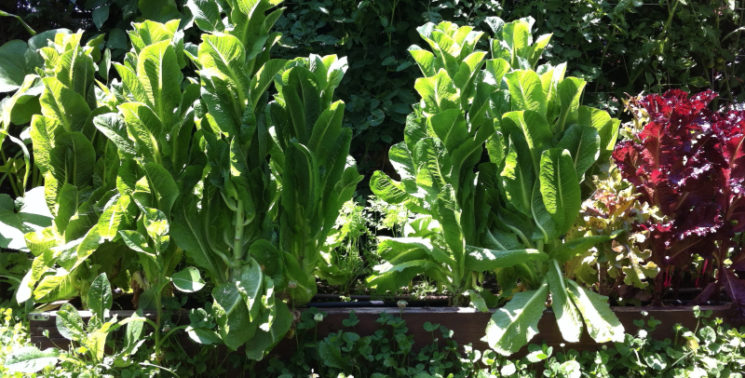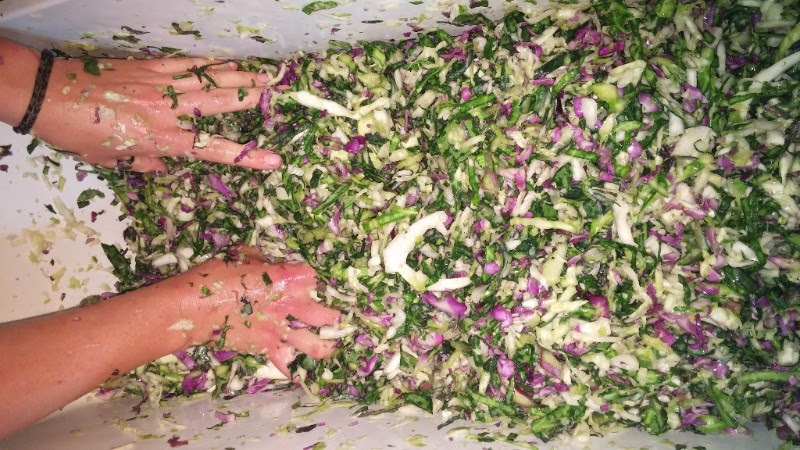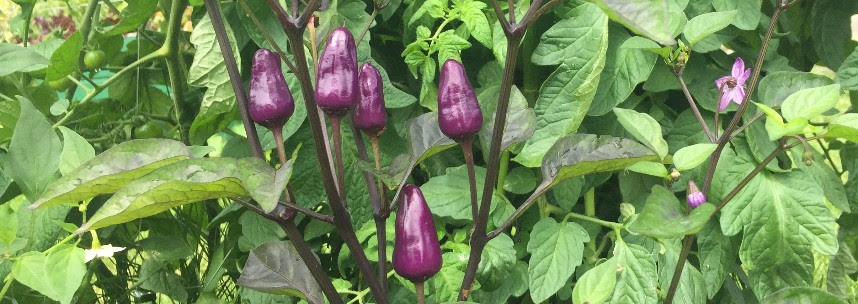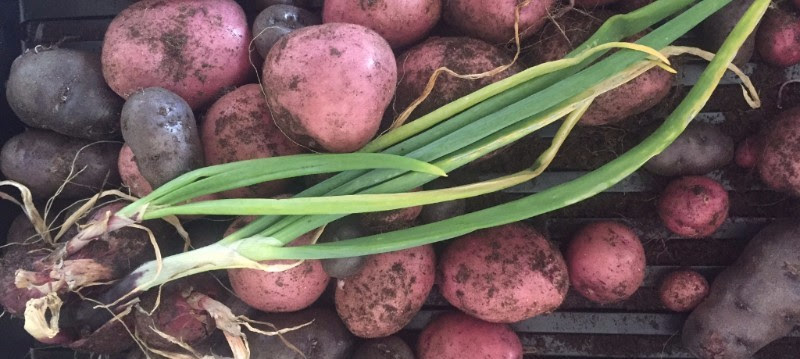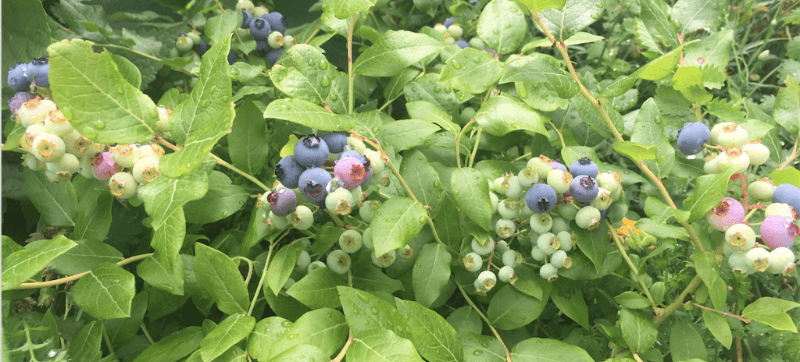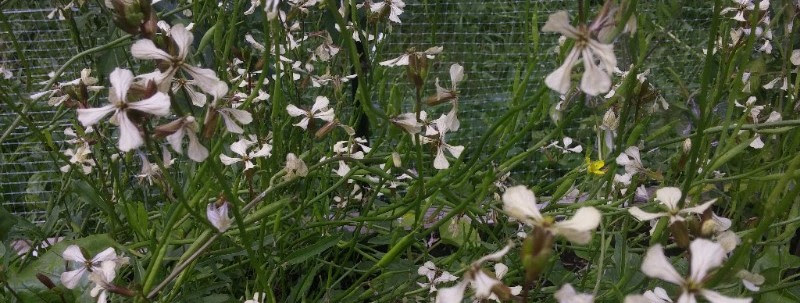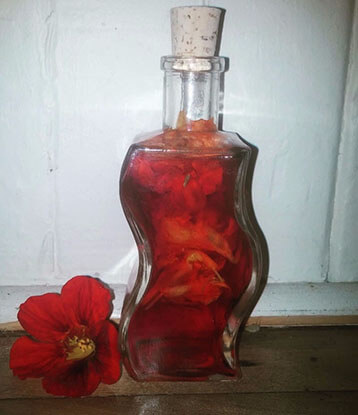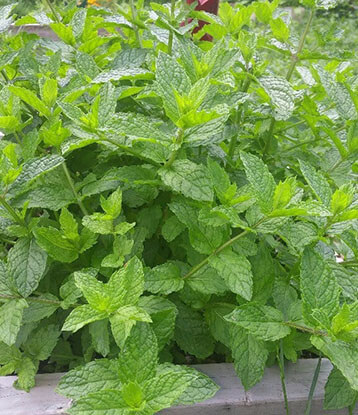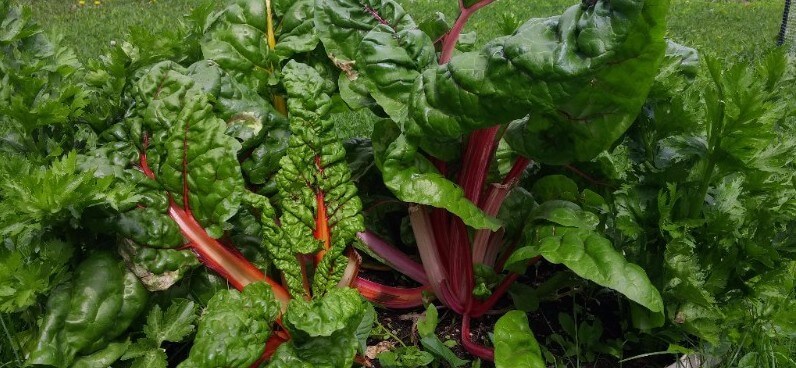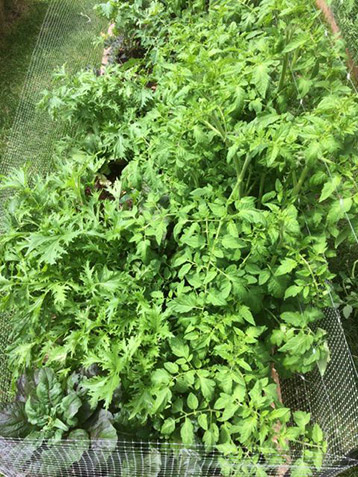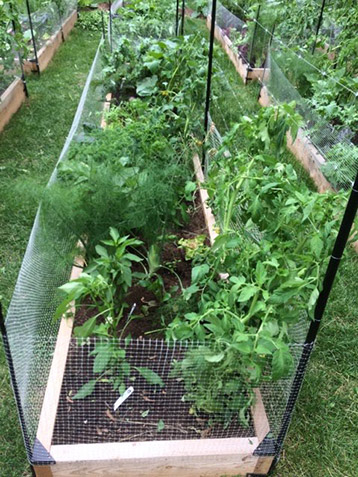All urban farmers have faced the invasion of the squirrel in their vegetable garden.
Every year, this is with no doubt the most regular questions we receive and a real challenge in the city. From the balcony garden to the community gardener, everybody interacts with the squirrels regularly losing crops like tomatoes and cucumbers or having them dig up freshing planted seedlings or seeds.
- Do not feed the squirrels. Making squirrels depend on human food, only encourages them to rummage through our garbage and destroy containers in search of some tasty goods. When possible, always seal your garbage in solid plastic container to avoid visit from your neighbourhood squirrels.
- If possible choose a location for your garden away from overhanging branches, and fences. These are perfect access point for squirrels.
- Put a fence up around your garden. At Urban Seedling, we use a 2 foot plastic fence that we put up in the spring. It is our way of offering up some protection for the garden while still allowing you the gardener into the garden. If your squirrels have already been trained to jump into your garden this solution may not keep them out.
- Squirrels love to dig and bury treasure for later. Using a floating row can help. When the seedlings are young in the spring, and when you have just planted your seeds place a floating row over the plants. This will keep the seedlings warm during the cold spring months while providing some protection for the seedlings to get establish and remove any visible dirt for digging. A full garden is less susceptible to attract diggers in your garden.
- The physical barrier is the best solution for keeping animal like squirrels out of the garden. Place bird netting over the garden or build a chicken wire fence around your beds or in extreme case build an enclosure for your garden.
- Choose your battles. We are all part of the urban ecosystem so you may have to come to terms with the squirrel taking some of the crops. Observe what they seem to destroy. For example, I lost many tomatoes to the squirrels however, they never seemed to find the cucumbers. Once again the key being avoid leaving open soil for the them to identify as perfect digging grounds.
Take it or leave it
Other solutions will come up often on gardening blogs. You may want to give them a try. Many have mixed results, we cannot say enough that the real solution is a physical barrier.
- Save orange and lemon rinds during the winter. Once spring comes along bury them close to the surface to keep them from digging up your garden.
- Scatter dog or human hair in the garden. In some cases the smell of a dog or human will keep those pesky squirrels at bay.
- Install a motion activated sprinkler. Usually use for cats and rabbits these sprinklers can be effective at keeping squirrels out of your garden.
- Leave out water for them. Squirrel seems to love those tomatoes and cucumbers, but why only one bite? The leading theory is that they are looking for hydration. Place a source of water in your garden. If the squirrel do not thank you, other beneficial insects like butterflies are searching for a source of water. If the squirrels don’t leave your tomatoes alone the other creature will thank you.
- Make a spicy cayenne pepper solution. Squirrel do not like spice, and this solution can reduce damage in the garden but needs regular reapplications. Similar to a homemade insecticide.
Share your squirrels tips and pointers with us and we will add it to our dealing with squirrels page. Join our story #potagerMTL.
